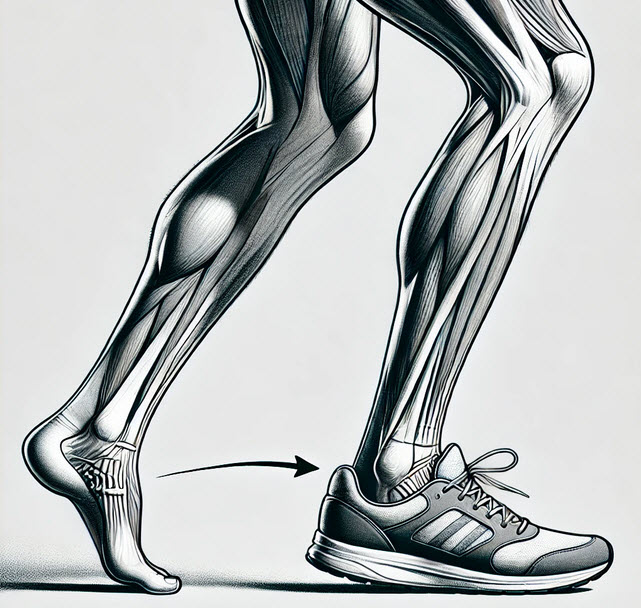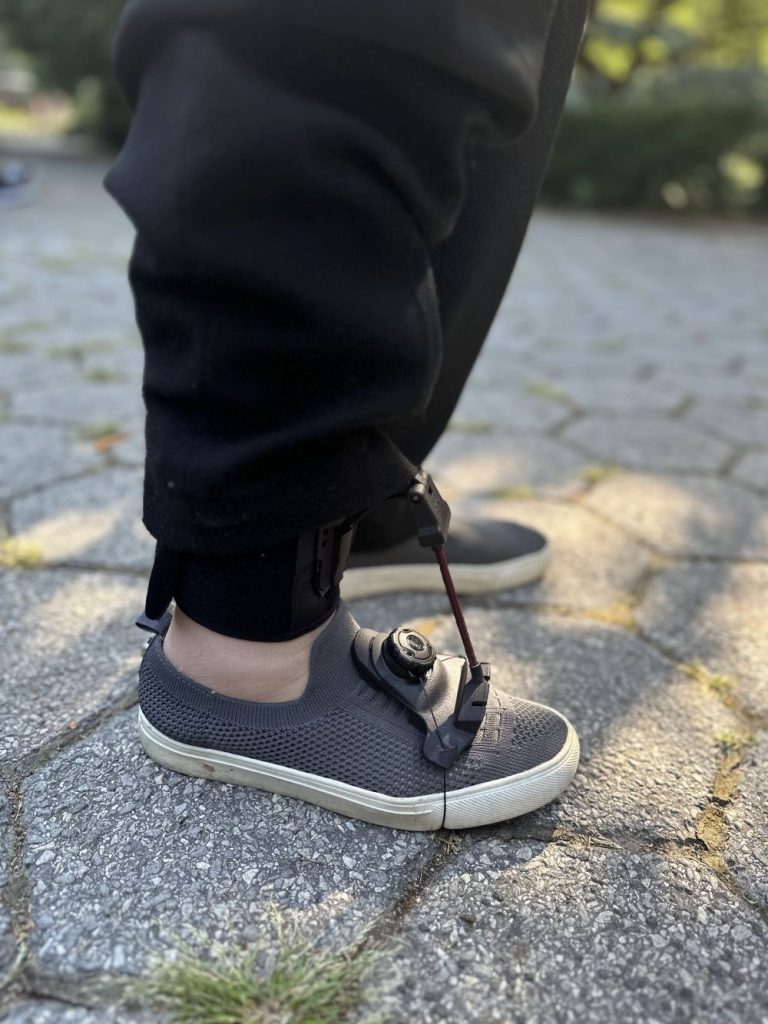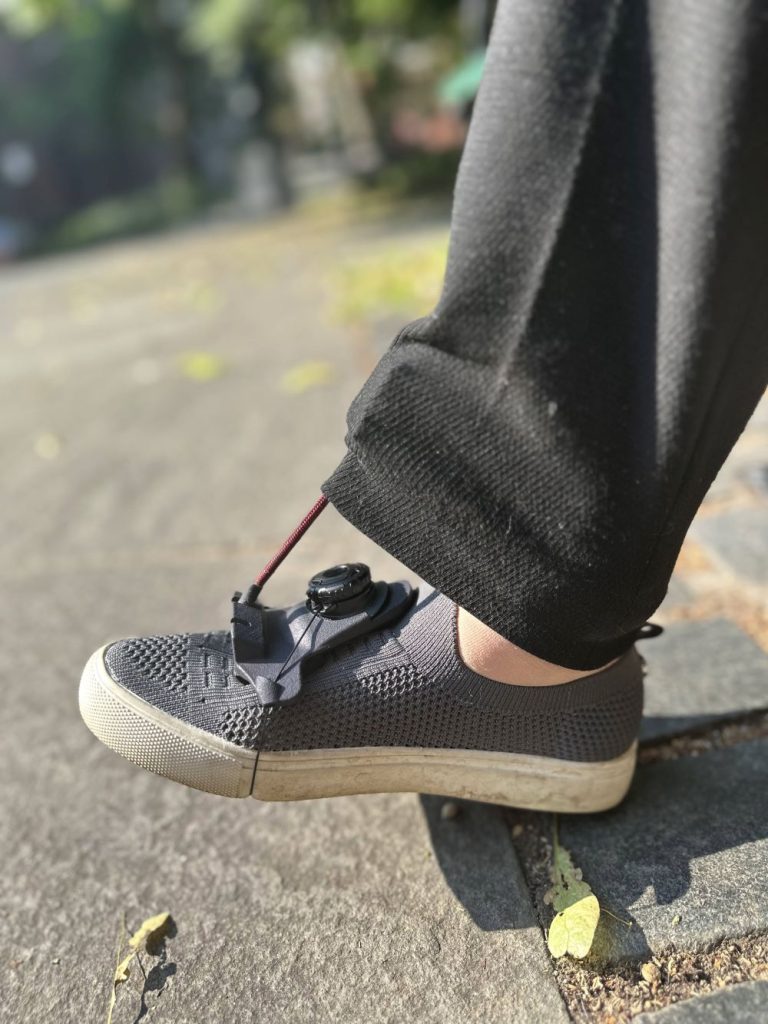
Foot drop is a condition that significantly impacts mobility, making it difficult for individuals to lift the front part of their foot. This condition often results in an abnormal gait, where the foot drags along the ground or requires the person to lift their leg higher than usual to avoid tripping. While foot drop can be caused by various neurological, muscular, or anatomical issues, it is commonly treated through a combination of exercises and the use of an Ankle Foot Orthosis (AFO) brace.
Understanding Foot Drop and Its Challenges
Before delving into how an RehabStride™ AFO brace can transform foot drop exercises into effective treatment, it’s important to understand the challenges associated with this condition. Foot drop occurs when the muscles responsible for lifting the foot become weak or paralyzed. This weakness can be the result of nerve damage, stroke, multiple sclerosis, or other neurological disorders.
The main challenge of foot drop is the inability to properly control foot movement during walking. This lack of control not only disrupts the natural gait cycle but also increases the risk of falls, which can lead to further injury. Therefore, addressing foot drop effectively requires a combination of strengthening exercises and external support, such as an AFO brace.

The Role of Foot Drop Exercises
Foot drop exercises are designed to strengthen the muscles that lift the foot, improve flexibility, and enhance overall mobility. These exercises typically focus on dorsiflexion, which is the action of lifting the front part of the foot towards the shin. Common exercises include:
- Towel Stretch: Stretching the foot using a towel to improve flexibility.
- Assisted Toe Raises: Strengthening the muscles involved in lifting the foot.
- Ankle Dorsiflexion: Exercises that target the ankle and foot muscles to improve their strength and function.
While these exercises are crucial for recovery, they can be more effective when combined with an AFO brace.
For more information on specific foot drop exercises that can be enhanced by an AFO brace, see here: Foot Drop Exercises.
How Foot Drop Exercises Enhance the Effectiveness of a Dynamic AFO Brace
Dynamic AFO braces are designed to promote ankle movement through the use of dynamic joints. The RehabStride™ AFO brace, a new generation of dynamic AFOs, utilizes a cord system to assist the ankle in dorsiflexion. Foot drop exercises can significantly enhance the effectiveness of these braces in several ways:


Here’s how an AFO brace can transform foot drop exercises into more effective treatment:
- Active Range of Motion: The primary goal of foot drop exercises is to restore dorsiflexion by strengthening muscles such as the tibialis anterior, extensor digitorum longus, and extensor hallucis longus. Strengthening these muscles enhances the initial dorsiflexion, which in turn increases the effectiveness of the Dynamic AFO brace.
- Stretching: Stretching the calf muscles reduces resistance to dorsiflexion, allowing the AFO brace’s dorsiflexion mechanism to function more effectively.
- Improved Gait Mechanics: Regular exercise increases muscle endurance and tolerance to exertion, enabling longer use of the brace and more consistent improvement in gait mechanics.
- Increased Confidence and Safety: One of the significant challenges of foot drop is the fear of falling, which can make individuals hesitant to exercise or engage in physical activity. An AFO brace provides essential support, reducing the risk of falls and enabling users to exercise with greater confidence. This increased safety encourages adherence to an exercise routine, leading to better long-term outcomes.
People Also Ask
How does an AFO brace enhance foot drop exercises?
- An AFO brace enhances foot drop exercises by stabilizing the foot and ankle, ensuring proper alignment during movements, and improving muscle engagement, which leads to more effective strengthening and recovery.
What are the main benefits of using an AFO brace for foot drop?
- The main benefits include improved gait mechanics, increased safety and confidence during walking, enhanced muscle strengthening during exercises, and reduced risk of trips and falls.
Can an AFO brace help correct my gait if I have foot drop?
- Yes, an AFO brace can help correct your gait by maintaining your foot in a dorsiflexed position, allowing for a smoother and more natural walking pattern, reducing the compensatory movements often associated with foot drop.
Which exercises should I perform while using an AFO brace for foot drop?
- Recommended exercises include ankle dorsiflexion, towel stretches, and assisted toe raises, as these exercises help strengthen the muscles involved in lifting the foot and improving overall foot function.
How do I choose the best AFO brace for my foot drop condition?
- To choose the best AFO brace, consider factors such as comfort, fit, the level of support needed, ease of use, and compatibility with your footwear. Consulting with a healthcare professional can also help in selecting the most appropriate brace for your specific needs. Consider exploring the latest technology offered by the RehabStride™ AFO brace.
Conclusion
Foot drop is a challenging condition, but it can be effectively managed through a combination of targeted exercises and the use of a dynamic AFO brace. Regular foot drop exercises help to stretch, strengthen, and improve the endurance of the affected muscles. The RehabStride™ AFO brace is specifically designed to amplify the speed and force of newly regained dorsiflexion, maximizing the benefits of your rehabilitation efforts. By incorporating the RehabStride™ AFO brace into your treatment plan, you can significantly improve your mobility and independence.
